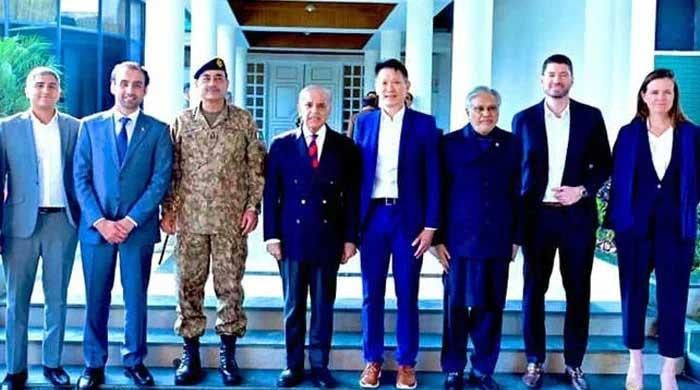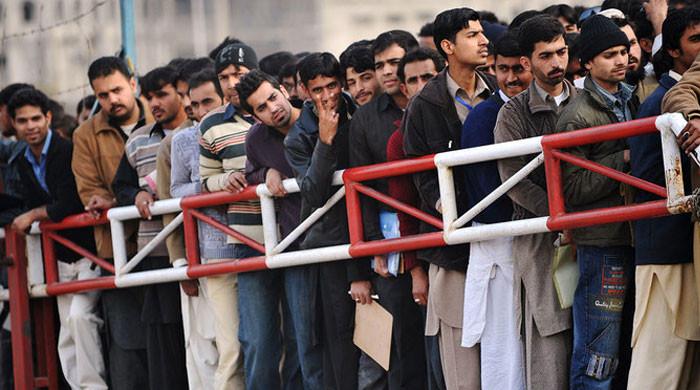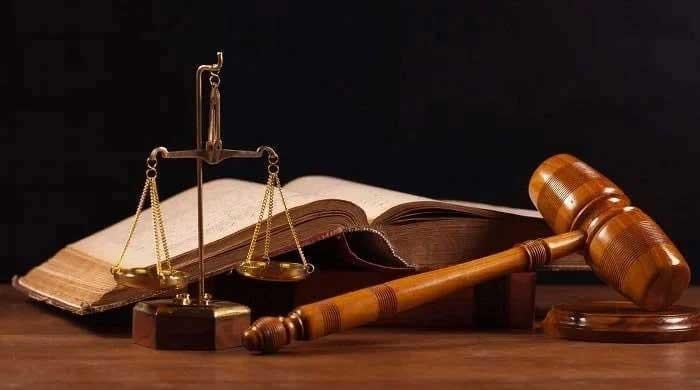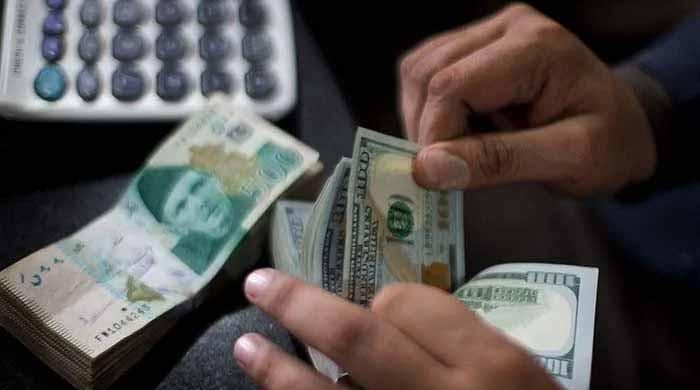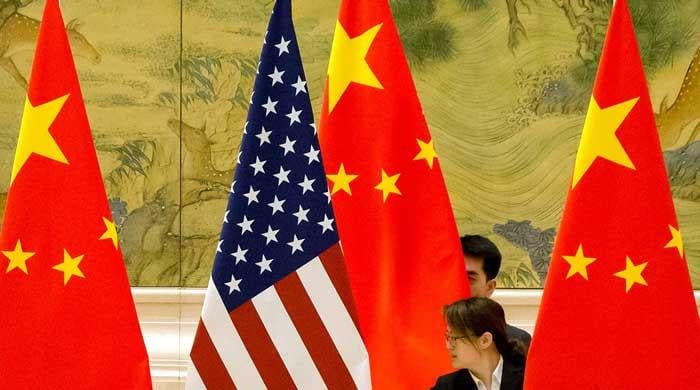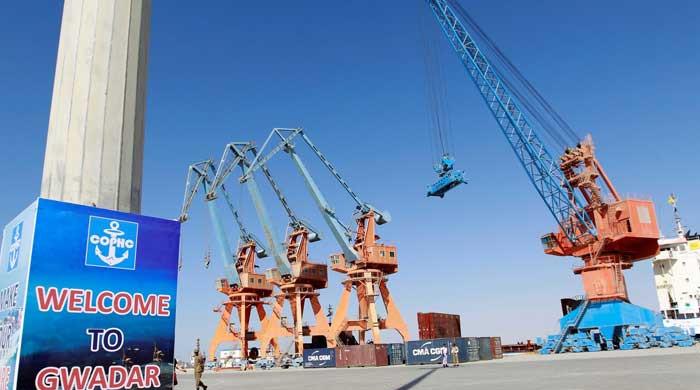The PPP's path to a win in 2023
PPP, from a national standpoint, is now the equivalent of PTI in a free and fair election
October 26, 2021
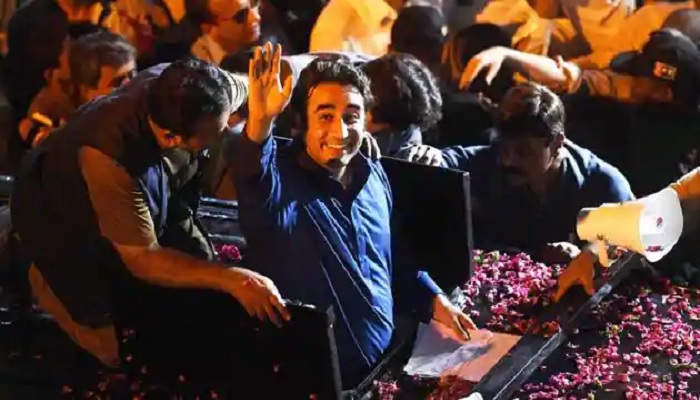
This weekend PPP leader Khurshid Shah was released from Sukkur jail after over two years of incarceration. His NAB troubles are not over, but the wrath of the system has subsided. Could his release from jail signify anything more than the majesty (sic) of the judicial process proceeding as per usual?
Since December 2007, the PPP has taken a beating perhaps unlike any other political party in the country – though the ANP and MQM (ironically its two coalition partners from 2008-2013) would protest this claim.
Its inspirational leader, Shaheed Mohtarma Benazir Bhutto, was assassinated, and the party ended up in power after the 2008 election, largely as a function of the stars aligning to make the PPP the only real option among the major parties to lead a national coalition and turn the page to help defuse the stink of the Musharraf era and the horror of the Lal Masjid tragedy. For its troubles, the PPP was rewarded with the global financial crisis of 2008-2009, and a society and state in meltdown.
It didn’t get much better as the years wore on. In 2010, Pakistan suffered the worst floods in its history, and in 2011 the bottom fell out from underneath the Pakistan-US relationship. The morale of the armed forces was so low that there were written instructions issued to avoid the wearing of the khaki uniform in public places. Worst of all, by the middle of 2009, Pakistan was in the midst of a full-blown terrorist insurgency – with terrorist attacks targeting unthinkable places like mosques, hospitals, shopping centres and the General Headquarters of the army.
In Swat, the insurgency had a unique local dimension and the state had all but collapsed. In the formerly Federally Administered Tribal Areas (Fata), the post-colonial order was shredded through an assassination campaign against local elders and maliks, and in Balochistan, the vacuum created by General Musharraf’s assassination of Nawab Akbar Bugti gave rise to separatist sentiment and terrorist groups that the country still has not recovered from.
Much has happened since the 2013 general election in which the PPP was routed out of Punjab, but the 2008 to 2013 era still defines the PPP – for better and for worse. Despite the barrage of challenges and terrorist attacks that shaped his time as president of Pakistan, Asif Ali Zardari and his PPP delivered four things of significance that now help define the party.
The first was the 7th National Finance Commission Award, and the omnibus of constitutional reforms we know as the 18th Amendment – outside of the 1973 constitution itself, these two political compacts represent the most significant legal and structural deals in the country’s history.
The second was the capability to negotiate and sustain political order – across the civilian political spectrum, and between the civilian and military centres of power. There must be wistful wonderment at the moment on how General Ashfaq Pervez Kayani pulled off his six-year stint as COAS. The answer? Kayani had Zardari and the PPP (flawed, but organic), the current setup has Imran Khan and the PTI (flawed and inorganic).
The third was a renewed and intensified reputation for high levels of corruption and rent seeking. In urban areas across the country, the PPP completely lost the mainstream media and the youthful electorate that the media helps inform and motivate. The impact of this perception has been transformational. In Punjab, where the PPP has been almost eliminated, there is likely no path back for the party to be electorally significant. This regionalisation of the PPP is instrumental in who the party represents and what it is today.
The fourth and perhaps most significant takeaway for the PPP from its time in power until 2013 was clarity on where it needed to focus its attention. As the PPP leadership realised that its time as a salient electoral force in national politics was over, they sought to define how it may still retain a path to leading the nation. The result? A laser sharp focus on the province of Sindh (sans Karachi), and a subtle but powerful weaponisation of Sindhi identity.
Put all this together and two things are clear. One, in a free and fair election, the PPP cannot win a majority, or even anything approaching a majority in the National Assembly. The PPP, from a national standpoint, is now the equivalent of the PTI (in a free and fair election). It can win between 45 seats and 65 seats – depending on momentum and luck. That is not enough to be an autonomous decision-maker of significance in Pakistan.
Second, free and fair, or flawed and compromised, there is no election in Pakistan now, or in 2023, in which the PPP can be denied a seat at the table. It remains a vital and indispensable political entity – not just because it will win Sindh again, but because its dominance in Sindh has significance that far exceeds a party that wins its seats across a wider and more dispersed geographical distribution.
So how will the PPP win 2023? If it wants to, by leveraging its strengths, and negotiating for power, all the way to the cabinet in Islamabad. It has two things, above all, that will work in its favour and many, many that will work against it.
First, Prime Minister Imran Khan’s decision to indefinitely delay the notification of the appointment of a new DG ISI has created a major gap in confidence between the security establishment and a political entity that was seen as trustworthy enough to do what it was told. This breach of trust is not irreparable. But whatever fixes might be available to PM Khan are going to be tested, both by individuals and groups within the PTI and its pro-establishment coalition members, and by invigorated political opponents of the PM – chiefly the PML-N, but also the JUI-F and Pakhtun nationalists in Khyber Pakhtunkhwa, and the PPP at the negotiating table.
Of all the political entities in the country, there is perhaps none that has the PPP’s capacity to manage multiple interests across civilian and political actors. Not even the PML-Q. When the dust begins to settle on Notification Gate, the corps commanders may want a political compact that is manageable without lacking legitimacy. The PPP will likely be their first set of phone calls.
Second, the only other viable candidate for national leadership that is not the PTI is a political party whose actual electoral power far exceeds the PPP’s. The PML-N remains the most potent threat to the post first war on terror establishment consensus. As Pakistan enters its second war on terror, both the PML-N and the military leadership are going to have serious reservations about wanting to be seen to be in charge of a state and security apparatus that, very soon, and certainly through 2023 and beyond, will have to challenge some very foundational notions that have been normalised in Pakistan, including the 'virtues' of Talibanization, the 'dangers' of women having rights and the 'evil' of Western powers. The PPP is likely to be the least hesitant of all the major political actors in the country to take on such a challenge.
As always, the worst enemy of the Pakistani uber elite are the uber elite themselves. The PPP lacks clarity on the extent to which Asif Ali Zardari and his close friends still make executive decisions about the party and its direction, and the extent to which Bilawal (and Aseefa) are involved in key decisions. The PPP has other, more foundational vulnerabilities too, including its full frontal adoption of ethnic and linguistic divisiveness in Sindh. Alienating Karachiites, and especially the city’s Mohajirs and Pakhtuns, may have short-term benefits for the PPP, but it is not a good strategy for a party that is serious about surviving the next generation’s evolution.
Perhaps most of all, the PPP’s enduring appeal as a centrist entity in Pakistan’s rapidly rightward lurch and diminishing civic space is a major liability. Can a party with limited electoral appeal in Punjab really afford to take on the TLP and its wildfire popularity in urban areas across the country?
The writer is an analyst and commentator.




